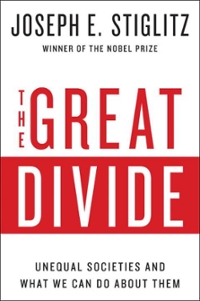Question
The tables below are the results of the following linear regression models using Price Promotion data. 'ln' in front of a variable means natural log
The tables below are the results of the following linear regression models using Price Promotion data. 'ln' in front of a variable means natural log (base e).
QuantX: Total number of liquid ounces sold for brand X
QuantY: Total number of liquid ounces sold for brand Y
PriceX: The retail price per liquid ounce for brand X in dollars
PriceY: The retail price per liquid ounce for brand Y in dollars
DealX: Indicator of whether brand X was price-promoted
DealY: Indicator of whether brand Y was price-promoted
FeatX: Indicator of whether brand X was advertised or put on in-store display
FeatY: Indicator of whether brand Y was advertised or put on in-store display
M1: lnQuantY = a0 + a1 lnPriceY + a2 lnPriceX + a3 FeatY + a4 DealY
| Coef. | p | |
| lnPriceY | -2.3 | 0.001 |
| lnPriceX | 0.56 | 0.009 |
| FeatY | 1.53 | 0.011 |
| DealY | 0.69 | 0.002 |
| Constant | 1.54 | 0.031 |
M2: QuantY = b0 + b1 PriceY + b2 FeatY + b3 DealY
| Coef. | p | |
| PriceY | -259385 | 0.03 |
| FeatY | 13691 | 0.021 |
| DealY | 16959 | 0.3005 |
| Constant | 10026 | 0.013 |
M3: QuantX = c0 + c1 PriceX + c2 FeatX + c3 DealX
| Coef. | p | |
| PriceX | -132563 | 0.034 |
| FeatX | 11642 | 0.001 |
| DealX | 13473 | 0.022 |
| Constant | 15322 | 0.015 |
12. Which one is NOT correct?
Group of answer choices
Demand for Y is elastic.
The demand curve for Y will be relatively flat
A price increase in Y will increase the total revenue of Y
Brand X and Y are substitutes
Step by Step Solution
There are 3 Steps involved in it
Step: 1

Get Instant Access to Expert-Tailored Solutions
See step-by-step solutions with expert insights and AI powered tools for academic success
Step: 2

Step: 3

Ace Your Homework with AI
Get the answers you need in no time with our AI-driven, step-by-step assistance
Get Started


